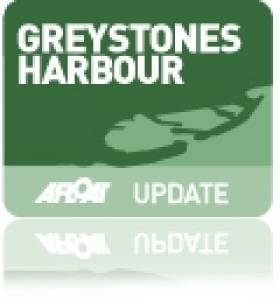Displaying items by tag: Greysotnes marina
80% of Berths Required in Greystones are Under 8 Metres
A newsletter giving details of the most popular size berth requirements at the proposed Greystones Harbour Marina has been sent to boat owners on a waiting list for the Wicklow marina.
The analysis finds 80% of the berths required are under 10 metres (32 foot). Only 2 berths were required for boats over 13m (42 feet).
In nearby Dun Laoghaire, at the country's biggest marina, the 820 berths there range in size from 6m (19 feet) to 30m (98 feet). The average berth requirement on Dublin Bay is 9-10m (29-32 feet).
The March newsletter says examination of the waiting list revealed duplication of an original waiting list which prompted a fresh exercise to establish the current market demand in 2011. The new survey of 300 people was carried out by a marina consultant, working for developer Sispar. It delivered 79 responses. An extract from the analysis is below.
The tabulation from the newsletter reflects the breakdown of the responses in terms of current berth size numbers and the extrapolation into the requirement for totals when fully developed based on to-days statistics.
| Berth Size | Numbers to 6/1/11 | % of Current Market | Full Dev Berth Nos. |
|
| <6m | 9 | 12.4 | 29 | |
| 6-7m | 12 | 15.2 | 35 | |
| 7-8m | 14 | 17.7 | 41 | |
| 8-9m | 5 | 6.3 | 15 | |
| 9-10m | 17 | 21.5 | 50 | |
| 10-11m | 8 | 10.1 | 24 | |
| 11-12m | 6 | 7.6 | 18 | |
| 12m-13m | 6 | 7.6 | 18 | |
| >13m | 2 | 2.6 | 5 | |
| Total | 79 | 101 | 235 |





























































